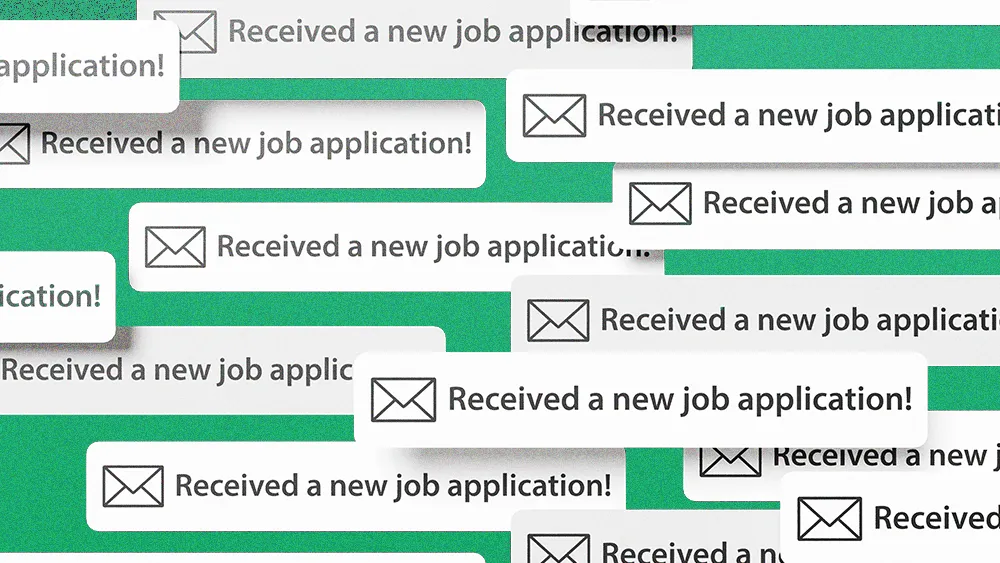Voluntary exits and hybrid schedules: Google’s strategy to align with AI priorities

Key Points
Google offers voluntary exit programs across U.S. divisions, including Search, Ads, and Engineering, to align workforce with AI priorities.
The company tightens its return-to-office policy, requiring remote staff within 50 miles of an office to adopt a hybrid schedule.
Previous buyouts in other departments were followed by layoffs, raising concerns about potential future cuts.
Google’s workforce reshaping aligns with its broader AI pivot and cost-cutting measures to fund AI infrastructure.
Google is again offering voluntary exit programs across key U.S. divisions including Search, Ads, and Engineering, while also tightening its return-to-office (RTO) policy for many employees, as first reported by The Information. The moves signal ongoing efforts to reshape its workforce for AI priorities and enhance in-person collaboration.
An offer to align: Internal memos from executives like K&I head Nick Fox and Core systems lead Jen Fitzpatrick position the VEPs as a “supportive exit path” for those not fully energized by or aligned with current strategies, as detailed in Fox’s full memo obtained by The Verge. Employees excited about their work are strongly encouraged to stay, with Fitzpatrick noting the VEPs followed “positive feedback” from similar programs in other Google departments.
Office orbits tightening: Alongside the buyouts, Google is reinforcing its RTO mandate, requiring U.S. remote staff in affected teams living within 50 miles of an office to adopt a hybrid schedule, typically three days in-person. “When it comes to connection, collaboration, and moving quickly to innovate together, there’s just no substitute for coming together in person,” Fitzpatrick stated in her memo. Google spokesperson Courtenay Mencini confirmed the dual initiatives aim to “bring folks more together in-person.”
Not their first rodeo: This isn’t Google’s initial VEP round this year; offers were previously made in its Platforms and Devices, HR, legal, and finance teams. Notably, buyouts in the Platforms and Devices unit were followed by layoffs weeks later, a pattern likely on employees’ minds, though it’s unclear if further cuts will follow these latest offers. The ongoing reshaping aligns with Google’s broader AI pivot, with CFO Anat Ashkenazi previously highlighting cost-cutting as key to funding AI infrastructure.
The bottom line: Google continues to fine-tune its workforce and work models, balancing headcount management with strategic investments in AI, even as it pushes for a greater return to physical office spaces.
Reading Recap:
Elsewhere in the Googleverse: Google is also revamping its internal “Grow” training platform to focus on AI skills, a move that comes as CEO Sundar Pichai recently told Bloomberg he expects Google’s engineering base to actually grow into next year. Meanwhile, its core Search business reportedly faces “unprecedented threats” from AI rivals.
Related articles
TL;DR
Google offers voluntary exit programs across U.S. divisions, including Search, Ads, and Engineering, to align workforce with AI priorities.
The company tightens its return-to-office policy, requiring remote staff within 50 miles of an office to adopt a hybrid schedule.
Previous buyouts in other departments were followed by layoffs, raising concerns about potential future cuts.
Google’s workforce reshaping aligns with its broader AI pivot and cost-cutting measures to fund AI infrastructure.
Google is again offering voluntary exit programs across key U.S. divisions including Search, Ads, and Engineering, while also tightening its return-to-office (RTO) policy for many employees, as first reported by The Information. The moves signal ongoing efforts to reshape its workforce for AI priorities and enhance in-person collaboration.
An offer to align: Internal memos from executives like K&I head Nick Fox and Core systems lead Jen Fitzpatrick position the VEPs as a “supportive exit path” for those not fully energized by or aligned with current strategies, as detailed in Fox’s full memo obtained by The Verge. Employees excited about their work are strongly encouraged to stay, with Fitzpatrick noting the VEPs followed “positive feedback” from similar programs in other Google departments.
Office orbits tightening: Alongside the buyouts, Google is reinforcing its RTO mandate, requiring U.S. remote staff in affected teams living within 50 miles of an office to adopt a hybrid schedule, typically three days in-person. “When it comes to connection, collaboration, and moving quickly to innovate together, there’s just no substitute for coming together in person,” Fitzpatrick stated in her memo. Google spokesperson Courtenay Mencini confirmed the dual initiatives aim to “bring folks more together in-person.”
Not their first rodeo: This isn’t Google’s initial VEP round this year; offers were previously made in its Platforms and Devices, HR, legal, and finance teams. Notably, buyouts in the Platforms and Devices unit were followed by layoffs weeks later, a pattern likely on employees’ minds, though it’s unclear if further cuts will follow these latest offers. The ongoing reshaping aligns with Google’s broader AI pivot, with CFO Anat Ashkenazi previously highlighting cost-cutting as key to funding AI infrastructure.
The bottom line: Google continues to fine-tune its workforce and work models, balancing headcount management with strategic investments in AI, even as it pushes for a greater return to physical office spaces.
Reading Recap:
Elsewhere in the Googleverse: Google is also revamping its internal “Grow” training platform to focus on AI skills, a move that comes as CEO Sundar Pichai recently told Bloomberg he expects Google’s engineering base to actually grow into next year. Meanwhile, its core Search business reportedly faces “unprecedented threats” from AI rivals.




